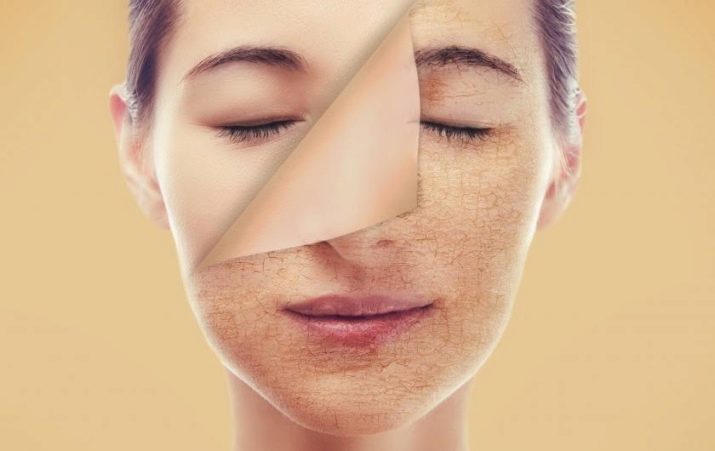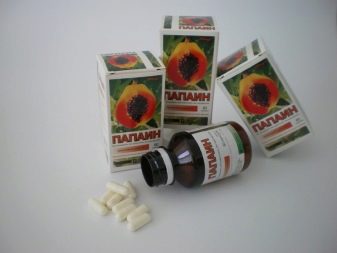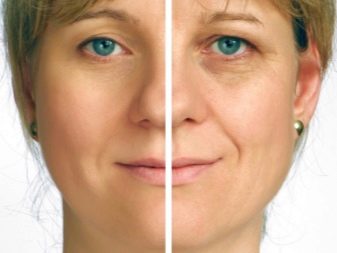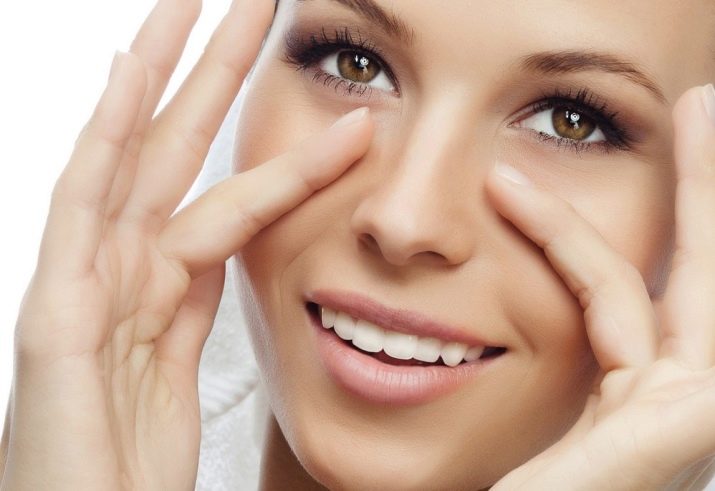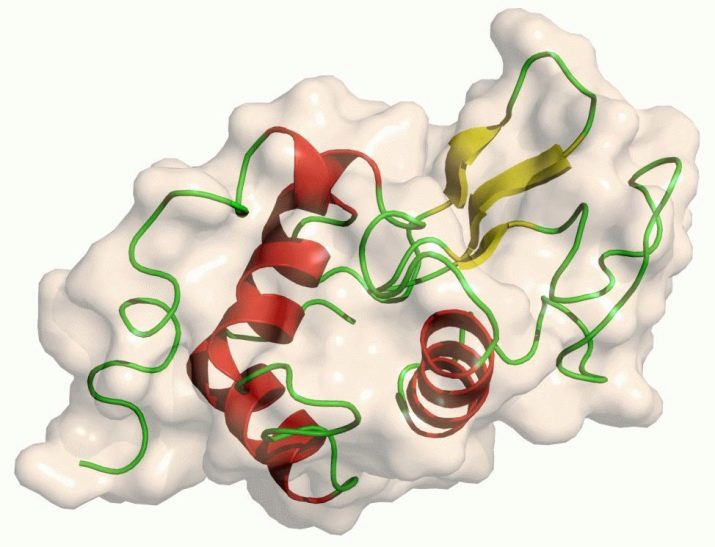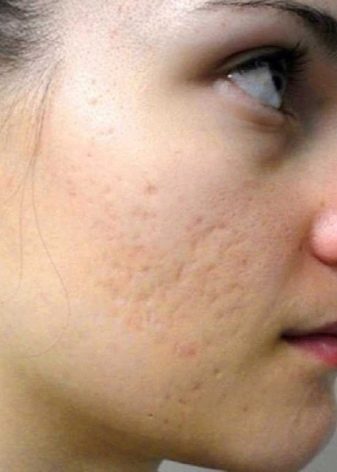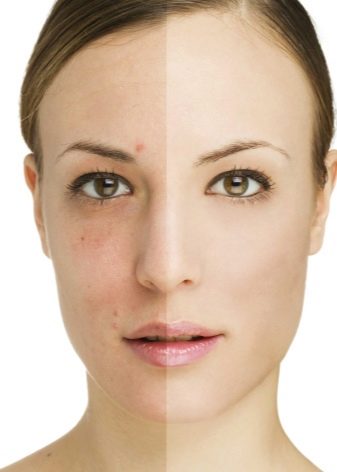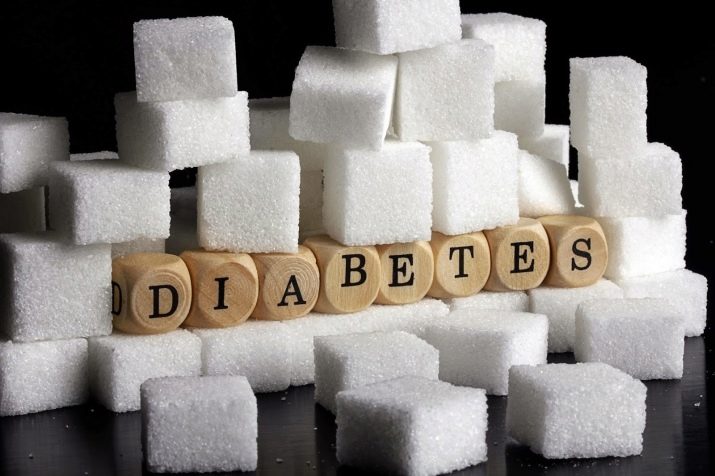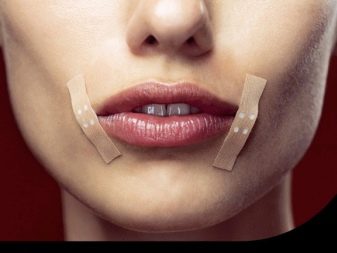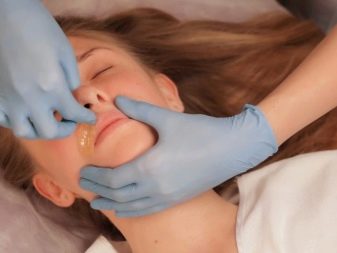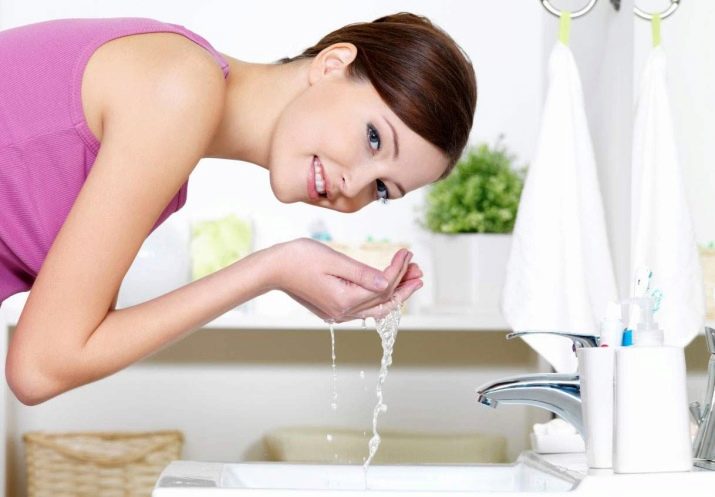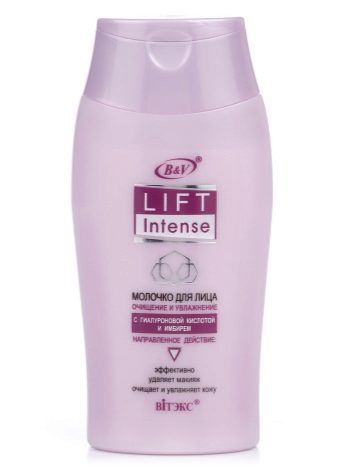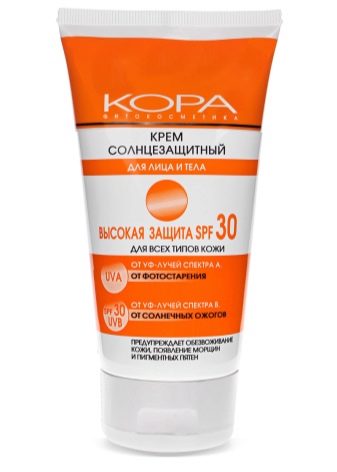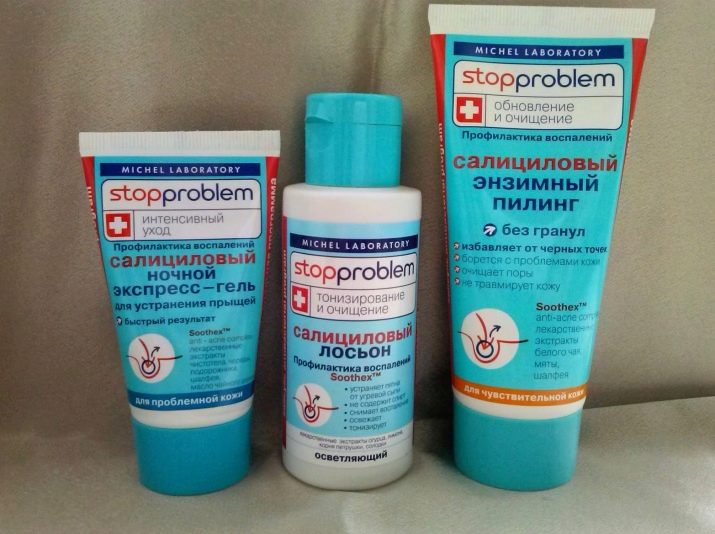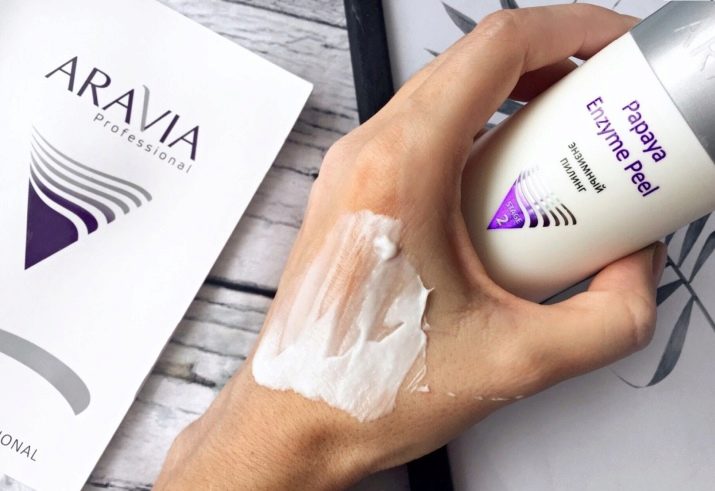Not every woman can boast perfect skin. The causes of problems can be improper nutrition, polluted air, hard water, lack of vitamins, improper selection of cosmetics, etc. Enzyme peeling can correct the situation. It helps to cope with many problems, transforms the skin, making it more fresh and beautiful. Consider the features of this procedure and the rules of its application.
What it is?
Enzyme peeling, which is also called enzymatic, suitable for all skin types. Enzymes are enzymes that speed up the process of splitting the keratinized tissue layer. Protein molecules (enzymes) do not act aggressively on the skin. Due to their delicate effect, this procedure is prescribed even for girls with rosacea (vascular mesh on the face).
Peeling not only helps get rid of dead skin cells, but also perfectly “polishes” it, helps to eliminate pigment spots and acne. Compared with acid peels, enzyme is gentle.
All processes in the human body occur under the action of enzymes. They are located in the cells of the dermis and epidermis. Enzymes act as catalysts (accelerate the reaction) and as inhibitors (slow the reaction). In total, scientists have identified 5,000 types of enzymes, but all of them are divided into 6 classes. Each class regulates the process of one type of reaction, for example, water decomposition reactions (hydrolysis) regulate hydrolases, and lyases are responsible for the decomposition reactions in the absence of water. The composition of the products that are recommended by cosmetologists most often includes hydrolases.
However, not all hydrolases are used in cosmetology. For healing and transformation of the skin, protease, carbohydrases and lipases are commonly used. Protease under the action of water contributes to the destruction of protein. Carbohydrases also do an excellent job with a similar task, but only with carbohydrates. Lipases under the action of hydrolysis decompose fats.
Types of peeling enzymes
All enzymes are specific. Each enzyme reacts differently to the same compound (or does not react at all). Enzymes, as mentioned earlier, are found in almost every living organism. They regulate the processes of vital activity, affecting the rate of reaction. Plant, animal and bacterial enzymes are isolated. But in cosmetology enzymes are often used that have similarities with the protease of human skin.
Typically, plant enzymes are derived from fruits, such as kiwi, lemon, coconut. Also necessary substances are contained in the berries.
Consider what plant enzymes are used for peels.
- Papain is an enzyme derived from papaya juice and pulp. Its concentration in preparations for enzyme peeling is greater than the concentration of other enzymes. This element helps to exfoliate dead skin cells, while it perfectly nourishes the dermis.
- Bromelain is a complex molecule. This substance is contained in pineapple. This enzyme helps to get rid of small wrinkles on the face, removes traces of pigmentation.
- Ficin - a component contained in the cells of the fig tree foliage. It speeds up the processes that produce collagen. Collagen is in the cells of our body, but with age it begins to be produced in a smaller volume, because of which the skin begins to sag. Collagen adds elasticity to tissues.
- Actinidin - an enzyme fruit kiwi. It makes the walls of blood vessels more dense and strong, therefore it is good for fighting with rosacea. The substance cleanses the polluted pores and reduces them.
- Arbutin - a substance that is part of lingonberries and mulberries, has the effect of lightening, with the help of it you can get rid of age spots.
Animal enzymes are also used in the production of various enzyme peels.
- Muramidase is an enzyme that is derived from chicken egg protein. It has anti-inflammatory and bactericidal properties. Preparations that contain this enzyme, disinfect the skin and fight the appearance of acne.
- Pepsin is an important component of enzyme peeling. It is derived from the gastric mucosa of horses, cows, pigs and sheep.
Trypsin is an enzyme that is derived from the pancreas of calves. It has healing and disinfecting effects.
Bacterial enzymes are produced by fermentation of certain types of bacteria.
Enzymes derived from fermented milk products are especially important; they soften and nourish the skin.
- Travaza is an active enzyme that promotes the separation of the cornified layer of skin. Drugs with travazoy help get rid of pigmentation.
- Subtilisin is a very important enzyme that stimulates regeneration processes.
All of these enzymes are actively used in the manufacture of enzyme peels. But not all enzymes can work together, everyone needs certain conditions. Therefore, all these elements together never apply.
Indications
Despite the mild effect of enzyme peeling, it can relieve the skin of the face and body of many problems.
A big plus of this procedure is that it is suitable for oily, normal and dry skin.
Enzyme peeling can be called a universal remedy.
It is often recommended by experts with such imperfections of the skin:
- dark spots;
- acne and pimples, as well as traces of them;
- shallow wrinkles on the body;
- clogged pores;
- unnatural gray skin color;
- scarring, post acne;
- oily skin.
Also, this type of peeling cosmetologists spend before subsequent procedures to clean and prepare the pores.
Contraindications
There are few contraindications to the remedy, but still they do exist, which means you need to be familiar with them.
A number of reasons for which it is necessary to abandon the use of enzyme peeling:
- idiosyncrasy of any substance that is part of;
- aggravated skin diseases (itching, bruising, cracks);
- diabetes;
- diseases that reduce immunity;
- skin wounds;
- viral disease - herpes.
Advantages and disadvantages
Consider the main advantages and disadvantages of this type of peeling for a complete evaluation of the procedure.
The benefits are many.
- Substances that make up the drug are less aggressive than acids. But the result from the use of enzyme and acid peels is the same.
- Beauticians are allowed to use this tool all year round. Enzyme peels can be done even in summer.
- The procedure helps to get rid of most defects. At the same time, there are no scrubbing particles in the composition of the cosmetic product. This means that people with rosacea can safely apply this method of purification.
- After the home or salon procedure, the enzyme peeling skin will be renewed, useful substances will enter it faster. The effectiveness of the use of masks, lotions and creams after peeling increases.
Changes are visible after the first procedure. Of course, to get rid of postacne and other noticeable problems, you will need a set of procedures. But the skin will change after the first application. It will become silky, more even, and most importantly - clogged pores will open, the cells will begin to breathe.
- The rehabilitation period is not required. After peeling there is no peeling of the skin or redness, so you do not need to stay at home, waiting for the skin to "move away" from the procedure.
- It is possible to clean the face with this method not only in the salon of a cosmetologist, but also at home.
- Enzymes slow down hair growth. This is undoubtedly a big plus for girls.
- Peeling is great for cleansing the skin of the face and body.
- When pregnancy is allowed to use the tool, but only after consultation with the doctor and beautician.
There is only one drawback - such drugs will not get rid of deep wrinkles and scars.
Stages of the procedure
Before the first procedure, you need to make a test to make sure that the drug does not cause you an allergic reaction. To do this, apply a small amount of the product on the inside of the wrist. After 10 minutes, peeling can be washed off. If there was no burning sensation and allergy (redness), then the tool can be used to cleanse the face.
Peeling is a serious procedure, so it is important to follow all the rules of preparation. They are few.
- Before enzyme peeling, you cannot use products that contain acids or retinol. This is due to the fact that in addition to enzymes, many enzyme peelings also contain these components. Overexposure of these substances may cause the skin to suffer. It will become dry, it will begin to crack, inflammation may appear in the corners of the lips. Perhaps the appearance of dermatitis.
- Epilation should not be done the day before the enzymatic peeling procedure. But you can, on the contrary, to peel before hair removal. Usually cosmetologists advise to remove the necessary area before hair removal, but the scrub can be replaced with an enzyme peeling. It will not only cleanse the skin, but also help to avoid ingrown hairs.
- Do not conduct enzyme peeling 5 days before the procedure of laser polishing or dermabrasion. In the process of cosmetic polishing with a special laser, the upper dead layer of the epithelium is removed. When dermabrasion skin layer is scraped off. This procedure is designed to remove postacne, scars, pigment spots. Both procedures severely injure the skin. Peeling gently removes the horny layer, but the sensitivity of the skin increases. Therefore, when conducting laser polishing or dermabrasion after enzyme peeling, there is a likelihood of severe damage to the dermis and epidermis.
Let's proceed to the procedure itself.
First, consider how the procedure is carried out by specialists in the cabin.
- The beautician cleans the skin from makeup and impurities by special means. It is recommended not to dye your eyes and eyebrows before visiting the salon, because film will be applied on your face. Otherwise, eye makeup may deteriorate. There is also a high probability of getting decorative cosmetics on the mucous membrane of the eyes, from which there will be a burning sensation.
- Apply peeling. Usually start with the forehead, then - the cheeks, chin, nose. Lastly, the neck and décolleté are treated with enzyme peels. Each specialist uses different professional cosmetics, so the cosmetologist may have a ready-made enzymatic peeling in a tube or in the form of a powder, which must be diluted before use. In addition, some cosmetologists add to the peeling other drugs or solutions that improve the effect. For example, an antioxidant concentrate is often used as an additive. It slows down the destruction of collagen and elastin. The skin remains elastic, and the aging processes of tissues slow down.
- After applying the face covered with a film. Typically, the waiting time is 10-30 minutes, depending on the composition of the peeling. This method of cleansing the skin is gentle, so customers do not have tingling or other unpleasant sensations.
- The product is rinsed with warm or slightly cool water. Sometimes it is necessary to use an alkaline neutralizer to remove residual acids from the skin, which may be part of the product.
- After peeling, the beautician can do several more procedures. The treatment is selected taking into account the age and type of the client's skin.
- After any kind of peeling, it is necessary to moisturize the skin.For this purpose, masks, various serums are used.
- At the end of the procedure, the master applies a cream with SPF, which protects delicate renewed skin from ultraviolet radiation.
You can make an enzyme peel yourself at home. The action algorithm remains the same as in the cabin. Apply the cream to clean, dry face, neck and decollete skin. Spend an express massage for 3-5 minutes, cover the skin with a film and a towel for 10 minutes to activate the enzyme. Wash away any residue.
There is a second way. It is suitable for those who like to relax during water treatments. Lying in the bath, apply the product to the skin of the face, massage a little. No need to use a film and a towel, enzymes will become active from the warm temperature of the water. After 10-15 minutes, wash off the cream. After home peeling (especially if you have dry, dehydrated skin), you can make a moisturizing mask or use a nourishing cream.
The effectiveness of professional peeling and home treatment is different. Specialists add various oils and concentrates, while taking into account the type and characteristics of the patient's skin. After the procedure, a beautician special means restores the water balance of the skin. The procedure has a cumulative effect, so the salon must be visited 5-10 times with a frequency of 7-10 days.
At home for oily skin is recommended to use the tool 1-2 times a week. For dry and normal skin, it is usually sufficient to carry out 1 procedure every 7 days.
Aftercare
Post peeling care necessarily includes moisturizing the skin and protecting it from external factors. For dry skin after peeling, it is recommended to use fat creams, so that the cells compensate for the lack of nutrients and moisture. In the summer you should not use too dense means, they clog the pores and make it difficult to "breathe" the cells. Milk or foam will be perfect for cleansing this type of skin, such products will not damage the hydro-lipid mantle. Take a closer look at the tonic. Many do not use it in daily care of face skin, and in vain. Tonic prepares dry skin for subsequent procedures: applying a cream, mask or gel, it also restores the acid-base balance.
Oily skin after peeling, experts recommend moisturizing cream with a light texture. Anti-inflammatory and antiseptic lotions are suitable for daily care. It is possible to treat the face not only in the morning and in the evening, but also in the middle of the day, in order not to clog the renewed fabrics with dust.
Normal skin also needs moisturizing. Moisturizing and soothing cream is applied on it. Depending on the time of year, you can change the makeup cosmetics, in the summer using lighter creams, and in the winter - fatter.
For any skin type after peeling, the use of sunscreens with an SPF of at least 15 is necessary. Ultraviolet rays reduce local immunity, provoke rashes and pigmentation. In the first hours after the salon peeling refrain from applying any cosmetics. At least 4 days do not clean the skin with scrubs, this is not necessary, because the skin is already cleansed with enzymes. Scrubbing particles can damage the dermis.
Recommendations
Enzyme peeling may be a preparatory process for subsequent procedures. As already mentioned, experts often recommend using this tool before shugaring and depilation, enzymatic peeling is an excellent replacement for scrubs. It does not cause irritation or redness, unlike scrubbing agents. The use of peeling will also relieve the problem of ingrown hairs, which begin to bother many girls after epilation.
Beauticians advise peeling before cleaning the face. Already at this stage, the pores begin to be cleaned, and mechanical cleaning helps to achieve the maximum effect.
Experts prescribe enzyme peels before the program of intensive moisturizing and rejuvenation with ampoule concentrates or before electroporation (a procedure using electric current, as a result of which skin rejuvenation occurs). Of course, both procedures are best performed on the renewed skin of the face. It is important not to damage the cover, therefore, for such tasks, enzyme peeling is used.
Popular brands
Salicylic enzyme peeling StopProblem
Salicylic acid is present in the agent from the StopProblem line, which has an antiseptic effect. The drug is allowed to use as adolescents with problematic skin of the face, and women who want to avoid the appearance of acne.
Enzyme peeling copes with excess sebum, cleanses and tightens enlarged pores.
Reviews of this product are good, especially customers are pleased with the ratio "price - quality."
Klapp enzyme peeling
This tool is popular among cosmetologists, so it is often used for professional care in salons. But you can clean the skin with this peeling at home. The tool can be ordered online or purchased from a beautician. In ordinary stores cosmetics Klapp is quite difficult to find. Peeling removes dead cells, has an antibacterial effect, increases the effectiveness of subsequent care. The tool has a high efficiency of action, the main disadvantage is the high price.
ARAVIA Papaya Enzyme Peel Enzyme Peel
This peeling has a creamy texture, the color of the product is white. It removes impurities, helps to get rid of pigmentation, is suitable for sensitive skin. The tool is quite economical to use, it lasts more than a year of regular use.
Judging by the reviews, any variant of enzyme peeling helps to get rid of fine wrinkles., pigmentation, enlarged pores, gently cleansing the skin. The procedure does not require large financial costs. But it is worth considering that if you are trying to get rid of more serious problems, for example, from deep scars, scars, active rashes, then this type of peeling will not work for you.
How to make an enzyme peel at home, see the video below.



